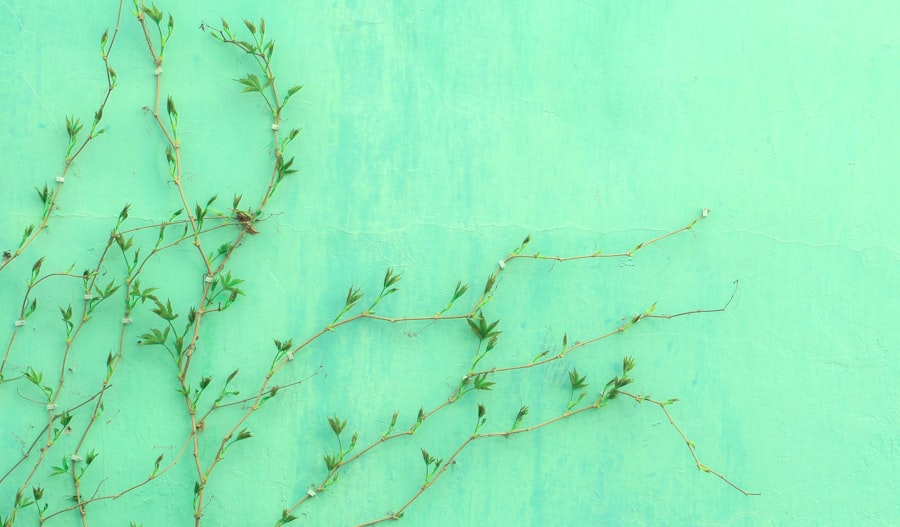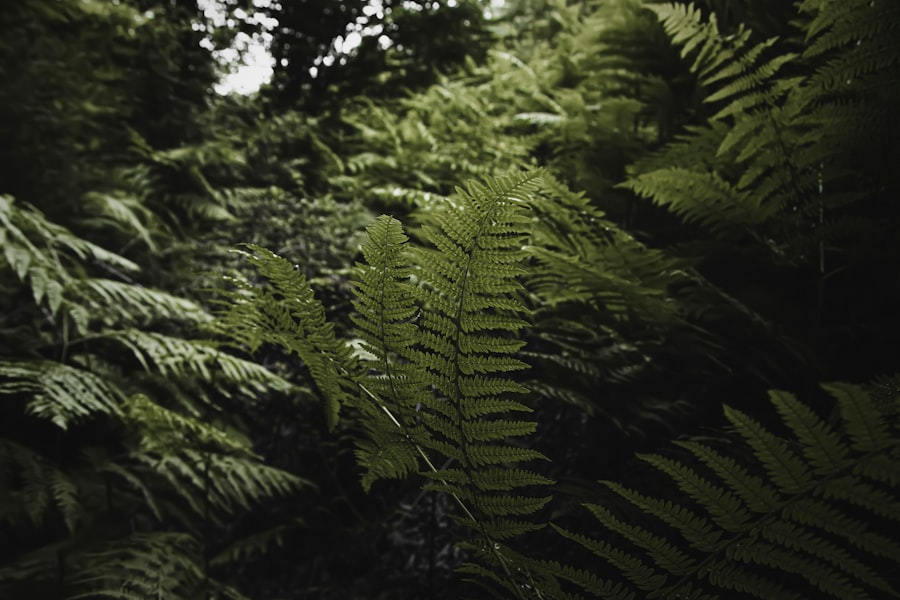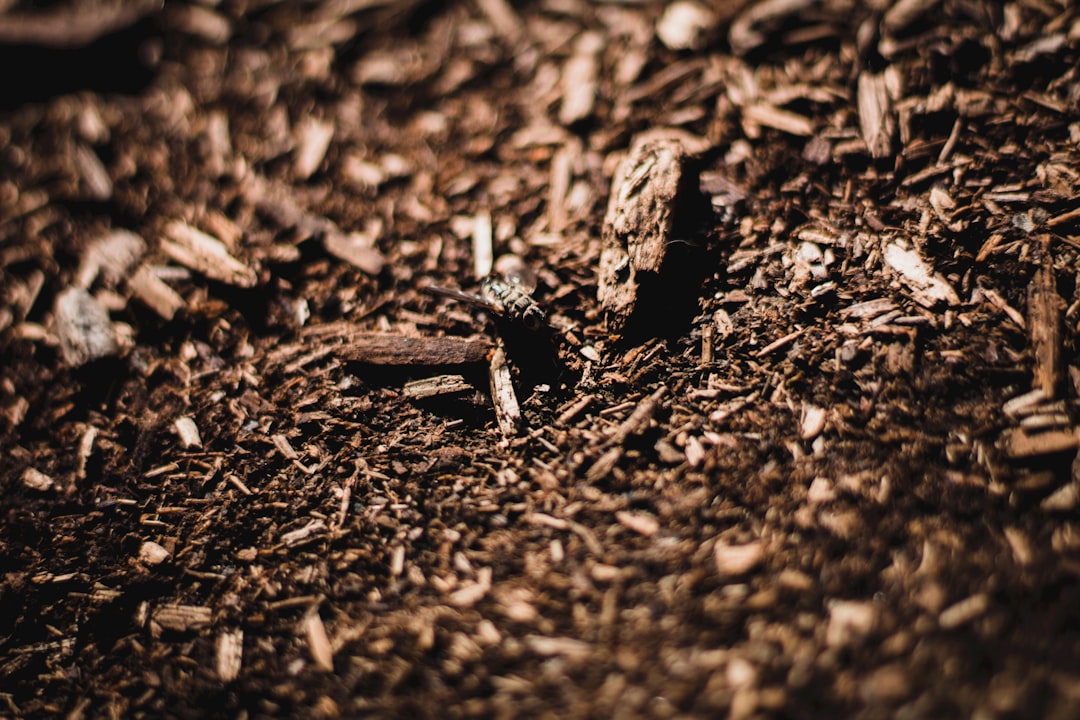Mulching is a horticultural practice that involves covering the soil surface around plants with a protective layer of material. Among the various mulching materials available, grass clippings stand out as a readily accessible and environmentally friendly option. As a byproduct of lawn maintenance, grass clippings are often abundant, making them an ideal choice for gardeners looking to enhance their soil health and improve plant growth.
The use of grass clippings as mulch not only recycles organic waste but also contributes to sustainable gardening practices. When applied correctly, grass clippings can serve multiple purposes in the garden. They help regulate soil temperature, retain moisture, suppress weeds, and even enrich the soil as they decompose.
This article delves into the myriad benefits of using grass clippings as mulch, how to prepare them for application, best practices for their use, and potential drawbacks to consider. By understanding the full scope of mulching with grass clippings, gardeners can make informed decisions that promote healthy plant growth and a thriving garden ecosystem.
Key Takeaways
- Grass clippings can be used as mulch to benefit your garden and soil health.
- Using grass clippings as mulch can help retain moisture, suppress weeds, and add nutrients to the soil.
- To prepare grass clippings for mulching, allow them to dry out and then spread them evenly over the soil.
- Best practices for applying grass clippings as mulch include using a thin layer and avoiding clumping.
- While using grass clippings as mulch has many benefits, it’s important to be aware of potential drawbacks such as weed seeds and imbalanced nutrient levels.
Benefits of Using Grass Clippings as Mulch
One of the primary benefits of using grass clippings as mulch is their ability to improve soil moisture retention. When applied in a thick layer, grass clippings create a barrier that reduces evaporation from the soil surface. This is particularly beneficial during hot summer months when plants are at risk of drying out.
By maintaining consistent moisture levels, grass clippings help ensure that plants receive the hydration they need to thrive, ultimately leading to healthier growth and increased yields. In addition to moisture retention, grass clippings also contribute to soil fertility. As they decompose, they release essential nutrients such as nitrogen, phosphorus, and potassium back into the soil.
This natural fertilization process can reduce the need for synthetic fertilizers, making it an eco-friendly choice for gardeners.
Furthermore, the organic matter from decomposed grass clippings improves soil structure, enhancing aeration and drainage while promoting beneficial microbial activity.
This creates a more robust environment for plant roots to establish and flourish.
How to Prepare Grass Clippings for Mulching

Preparing grass clippings for mulching is a straightforward process that requires minimal effort. The first step is to ensure that the clippings are free from any chemical treatments, such as herbicides or pesticides, which could harm plants or beneficial organisms in the soil. If you are using clippings from your own lawn, it is advisable to avoid applying chemicals for at least three weeks before mowing and collecting clippings for mulch.
Once you have collected the grass clippings, it is essential to dry them out slightly before application. Freshly cut grass can be quite wet and may form a dense mat when applied directly to the soil. This matting can inhibit airflow and lead to anaerobic conditions, which can be detrimental to plant health.
To prevent this, spread the clippings out in a thin layer on a tarp or in a shaded area for a day or two until they are slightly dry but still green. This will help maintain their nutrient content while ensuring they do not clump together when applied.
Best Practices for Applying Grass Clippings as Mulch
When applying grass clippings as mulch, it is crucial to use them in moderation to avoid potential issues such as matting or nitrogen depletion in the soil. A layer of about one to two inches is generally recommended for optimal results. This thickness allows for effective moisture retention and weed suppression while preventing the clippings from compacting into a dense layer that could suffocate plant roots.
It is also important to apply grass clippings around established plants rather than directly on seedlings or young plants. Young plants may struggle to break through a thick layer of mulch, which can hinder their growth. Instead, apply the clippings around the base of established plants, leaving some space around the stems to prevent rot and promote airflow.
Additionally, consider mixing grass clippings with other organic materials such as leaves or straw to create a more balanced mulch that provides diverse benefits.
Potential Drawbacks of Using Grass Clippings as Mulch
While there are numerous advantages to using grass clippings as mulch, there are also potential drawbacks that gardeners should be aware of. One significant concern is the risk of nitrogen depletion in the soil. Grass clippings are high in nitrogen content, which can lead to a temporary imbalance in soil nutrients if applied excessively.
When large amounts of fresh clippings are added to the soil, they can tie up nitrogen as they decompose, potentially leading to nutrient deficiencies for plants. Another issue is the potential for matting if grass clippings are applied too thickly or when they are too wet. A dense mat can create an environment conducive to fungal diseases and pests, which can harm plants rather than help them.
To mitigate this risk, it is essential to ensure that clippings are adequately dried before application and to monitor their thickness on the soil surface regularly.
Using Grass Clippings to Suppress Weeds

One of the most effective uses of grass clippings as mulch is their ability to suppress weed growth. By creating a barrier between the soil and sunlight, grass clippings inhibit weed seed germination and growth. This is particularly beneficial in vegetable gardens or flower beds where competition from weeds can hinder plant development and reduce yields.
To maximize weed suppression, it is advisable to apply grass clippings in conjunction with other weed control methods. For instance, combining grass clippings with cardboard or newspaper layers can create an even more effective barrier against weeds while also improving soil health as these materials decompose over time. Additionally, regular monitoring and maintenance of mulched areas will help ensure that any emerging weeds are promptly removed before they can establish themselves.
Using Grass Clippings to Retain Moisture in the Soil
Grass clippings excel at retaining moisture in the soil due to their ability to form a protective layer on the surface.
This layer reduces evaporation rates by shielding the soil from direct sunlight and wind exposure.
As a result, plants benefit from consistent moisture levels, which is especially crucial during periods of drought or high temperatures.
To enhance moisture retention further, consider layering grass clippings with other organic materials such as straw or shredded leaves. This combination not only improves water retention but also adds diversity to the mulch layer, promoting a healthier ecosystem in the garden. Additionally, regularly replenishing the mulch layer with fresh grass clippings throughout the growing season will help maintain its effectiveness in moisture retention.
Using Grass Clippings to Add Nutrients to the Soil
As grass clippings decompose over time, they release valuable nutrients back into the soil, enriching it and promoting healthy plant growth. The nitrogen content in grass clippings is particularly beneficial for leafy green plants such as lettuce and spinach, which require higher nitrogen levels for optimal growth. This natural fertilization process can significantly reduce reliance on synthetic fertilizers while improving overall soil health.
To maximize nutrient addition through grass clippings, it is essential to apply them in moderation and mix them with other organic materials when possible. This approach not only balances nutrient levels but also enhances microbial activity in the soil, further promoting decomposition and nutrient availability. Regularly testing soil nutrient levels can help gardeners determine when additional amendments may be necessary.
Tips for Using Grass Clippings as Mulch in Vegetable Gardens
When using grass clippings as mulch in vegetable gardens, there are several tips that can enhance their effectiveness while ensuring plant health. First and foremost, always use fresh clippings from untreated lawns to avoid introducing harmful chemicals into your garden ecosystem. Additionally, consider applying a thin layer of grass clippings around individual plants rather than covering entire rows or beds at once; this allows for better airflow and reduces the risk of disease.
Another important consideration is timing; applying grass clippings after heavy rains or during periods of high humidity can lead to matting issues. Instead, aim for dry conditions when applying mulch to ensure even distribution and prevent compaction. Finally, regularly monitor your vegetable garden for any signs of nutrient deficiencies or pest issues that may arise from mulching practices; this proactive approach will help maintain a healthy growing environment.
Common Mistakes to Avoid When Using Grass Clippings as Mulch
Despite their many benefits, there are common mistakes that gardeners should avoid when using grass clippings as mulch. One prevalent error is applying too thick a layer of fresh clippings without allowing them to dry first. This can lead to matting and create an anaerobic environment detrimental to plant roots.
To prevent this issue, always dry out freshly cut grass before application and limit layers to one or two inches. Another mistake is neglecting proper spacing around plant stems when applying mulch. Grass clippings should not be piled directly against plant bases; doing so can trap moisture against stems and promote rot or disease development.
Instead, leave some space around each plant’s base while still providing adequate coverage for moisture retention and weed suppression.
Conclusion and Final Thoughts on Mulching with Grass Clippings
Mulching with grass clippings presents an excellent opportunity for gardeners seeking sustainable practices that enhance soil health and promote plant growth. By understanding how to prepare and apply grass clippings effectively while being mindful of potential drawbacks, gardeners can harness their benefits fully. From moisture retention and nutrient addition to weed suppression, grass clippings serve multiple roles in creating a thriving garden ecosystem.
As with any gardening practice, continuous observation and adjustment are key components of success when using grass clippings as mulch. By avoiding common pitfalls and implementing best practices tailored to specific garden needs, gardeners can enjoy the many advantages that come with this eco-friendly mulching option while contributing positively to their local environment.
If you’re looking for more ways to enhance your garden, you may want to consider creating chicken poop fertilizer. This step-by-step guide from Chiku’s Garden provides valuable information on how to utilize chicken manure to boost the health of your plants. By following these instructions, you can create a nutrient-rich fertilizer that will help your garden thrive.
FAQs
What are the benefits of using grass clippings as mulch in the garden?
Using grass clippings as mulch in the garden can help to retain moisture in the soil, suppress weed growth, and add nutrients to the soil as the clippings decompose.
How should I apply grass clippings as mulch in my garden?
Grass clippings should be spread evenly in a thin layer around plants, being careful not to create thick clumps that could prevent air and water from reaching the soil.
Are there any precautions to consider when using grass clippings as mulch?
It’s important to use grass clippings from lawns that have not been treated with herbicides or pesticides, as these chemicals can harm plants in the garden.
How often should I apply grass clippings as mulch in my garden?
Grass clippings can be applied as mulch whenever they are available, typically after mowing the lawn. It’s best to allow the clippings to dry out for a day or two before using them as mulch.
Can I use grass clippings as mulch around any type of plants?
Grass clippings can be used as mulch around most types of plants, but it’s important to avoid using them around plants that are sensitive to high nitrogen levels, such as strawberries or other nitrogen-sensitive crops.

